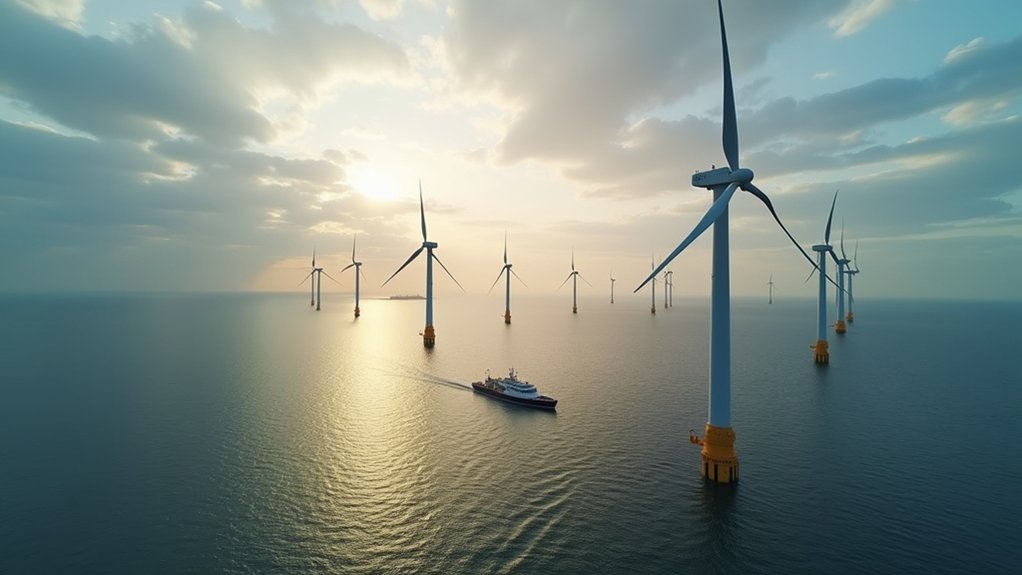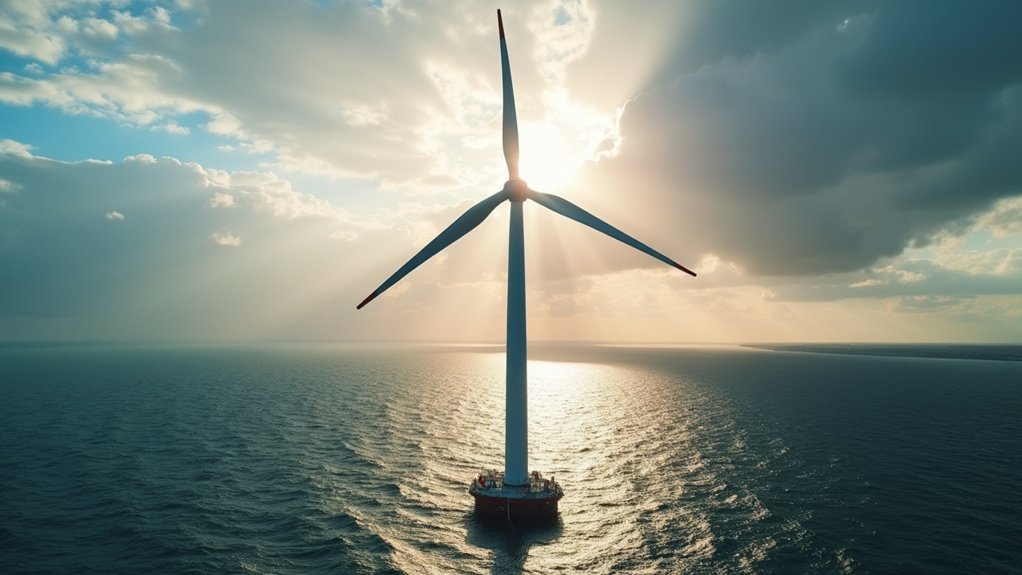As Britain races toward its ambitious 2030 decarbonization targets, the government has revealed a substantial new Clean Industry Bonus Scheme that opened in February 2025 for offshore wind projects. The initiative provides £27 million ($33.5 million) per gigawatt of capacity, with total funding potentially reaching £200 million for successful developments. This financial catalyst aims to accelerate the nation’s shift from its current 15 GW offshore wind capacity to an impressive 43-50 GW by decade’s end.
The scheme arrives at a critical juncture for the UK energy sector. Grid operators have described this expansion as a huge yet achievable challenge, requiring coordinated investment across generation and transmission infrastructure. A fresh round of renewable auctions planned for later this year will deliver funding through contracts that reward developers committed to building domestic supply chain capabilities. The government aspires to have 95% clean sources generating power by 2030, making offshore wind central to their energy strategy.
Dogger Bank Wind Farm exemplifies the scale of projects that could benefit from this incentive structure. Located over 130 km off Yorkshire’s coast, this mammoth development—a joint venture between SSE Renewables, Equinor, and Vårgrønn—will power six million UK homes upon completion. The project has made community support a priority by offering annual funding of £75,000 through its operator fund for local initiatives. Their recent £25 million community investment announcement demonstrates the industry’s growing socioeconomic footprint.
The market context for these incentives includes significant regulatory changes. Market-wide Half Hourly Settlement takes effect in April, while large businesses face stricter energy reporting requirements. I’ve tracked these regulatory shifts closely; they represent the government’s thorough approach to energy shift.
Additional major developments advancing through 2025 include Hornsea 3, East Anglia Hub, and Berwick Bank—each poised to capitalize on the new funding scheme. The timing couldn’t be more appropriate as first-generation turbines enter decommissioning phase, with established guidelines ensuring responsible removal.
Britain’s offshore wind strategy represents a calculated gamble on renewable dominance. The Clean Industry Bonus Scheme—modest by automotive industry standards but significant in energy terms—could tip the balance for developers wavering on investment decisions. If successful, it might just propel Britain into its clean energy future faster than anyone anticipated.









